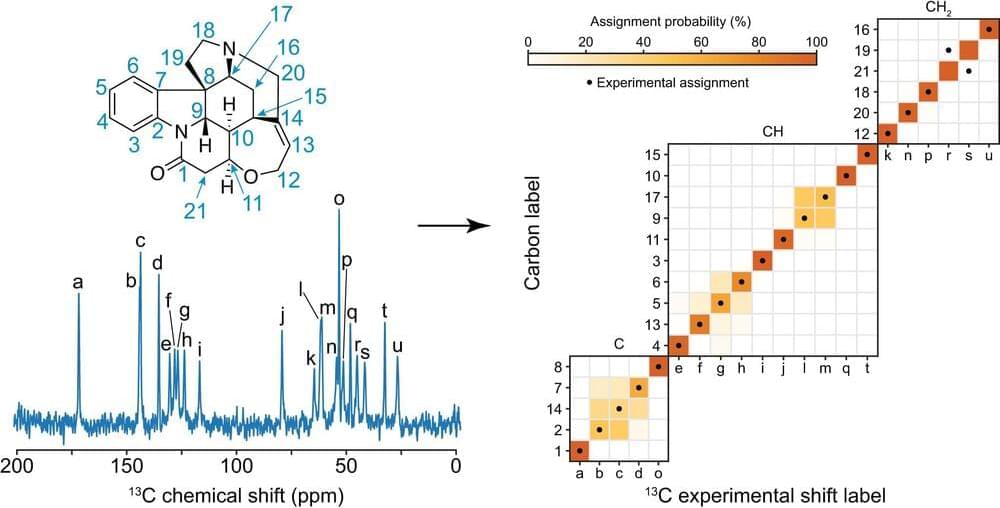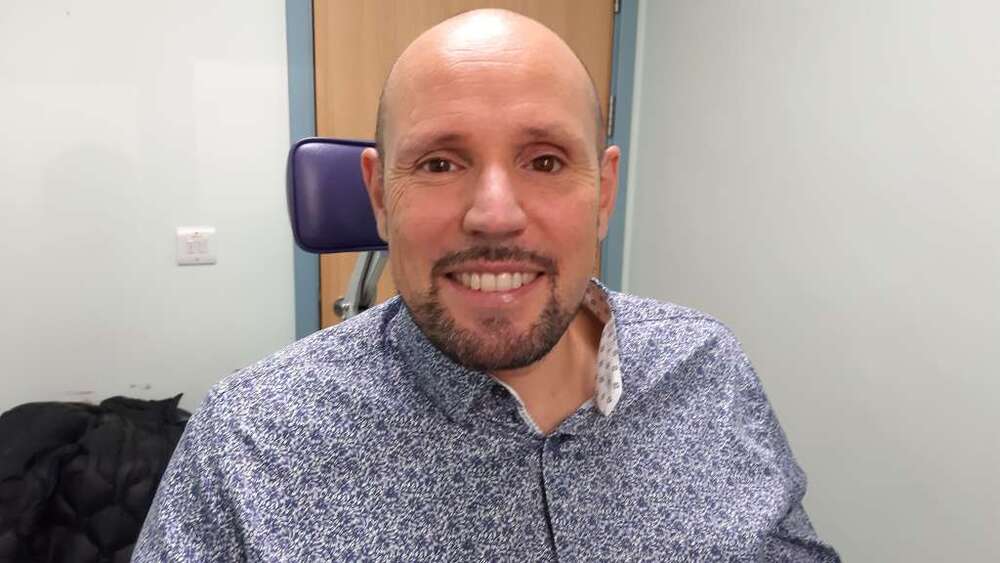Watch the newest video from Big Think: https://bigth.ink/NewVideo.
Join Big Think+ for exclusive videos: https://bigthink.com/plus/
What does it mean when someone calls you smart or intelligent? According to developmental psychologist Howard Gardner, it could mean one of eight things. In this video interview, Dr. Gardner addresses his eight classifications for intelligence: writing, mathematics, music, spatial, kinesthetic, interpersonal, and intrapersonal.
HOWARD GARDNER: Howard Gardner is a developmental psychologist and the John H. and Elisabeth A. Hobbs Professor of Cognition and Education at the Harvard Graduate School of Education. He holds positions as Adjunct Professor of Psychology at Harvard University and Senior Director of Harvard Project Zero. Among numerous honors, Gardner received a MacArthur Prize Fellowship in 1981. In 1990, he was the first American to receive the University of Louisville’s Grawemeyer Award in Education and in 2000 he received a Fellowship from the John S. Guggenheim Memorial Foundation. In 2005 and again in 2008 he was selected by Foreign Policy and Prospect magazines as one of 100 most influential public intellectuals in the world. He has received honorary degrees from twenty-two colleges and universities, including institutions in Ireland, Italy, Israel, and Chile. The author of over twenty books translated into twenty-seven languages, and several hundred articles, Gardner is best known in educational circles for his theory of multiple intelligences, a critique of the notion that there exists but a single human intelligence that can be assessed by standard psychometric instruments. During the past twenty five years, he and colleagues at Project Zero have been working on the design of performance-based assessments, education for understanding, and the use of multiple intelligences to achieve more personalized curriculum, instruction, and assessment. In the middle 1990s, Gardner and his colleagues launched The GoodWork Project. “GoodWork” is work that is excellent in quality, personally engaging, and exhibits a sense of responsibility with respect to implications and applications. Researchers have examined how individuals who wish to carry out good work succeed in doing so during a time when conditions are changing very quickly, market forces are very powerful, and our sense of time and space is being radically altered by technologies, such as the web. Gardner and colleagues have also studied curricula. Gardner’s books have been translated into twenty-seven languages. Among his books are The Disciplined Mind: Beyond Facts and Standardized Tests, The K-12 Education that Every Child Deserves (Penguin Putnam, 2000) Intelligence Reframed (Basic Books, 2000), Good Work: When Excellence and Ethics Meet (Basic Books, 2001), Changing Minds: The Art and Science of Changing Our Own and Other People’s Minds (Harvard Business School Press, 2004), and Making Good: How Young People Cope with Moral Dilemmas at Work (Harvard University Press, 2004; with Wendy Fischman, Becca Solomon, and Deborah Greenspan). These books are available through the Project Zero eBookstore. Currently Gardner continues to direct the GoodWork project, which is concentrating on issues of ethics with secondary and college students. In addition, he co-directs the GoodPlay and Trust projects; a major current interest is the way in which ethics are being affected by the new digital media. In 2006 Gardner published Multiple Intelligences: New Horizons, The Development and Education of the Mind, and Howard Gardner Under Fire. In Howard Gardner Under Fire, Gardner’s work is examined critically; the book includes a lengthy autobiography and a complete biography. In the spring of 2007, Five Minds for the Future was published by Harvard Business School Press. Responsibility at Work, which Gardner edited, was published in the summer of 2007.
TRANSCRIPT: Howard Gardner: Currently I think there are eight intelligences that I’m very confident about and a few more that I’ve been thinking about. I’ll share that with our audience. The first two intelligences are the ones which IQ tests and other kind of standardized tests valorize and as long as we know there are only two out of eight, it’s perfectly fine to look at them. Linguistic intelligence is how well you’re able to use language. It’s a kind of skill that poets have, other kinds of writers; journalists tend to have linguistic intelligence, orators. The second intelligence is logical mathematical intelligence. As the name implies logicians, mathematicians…Read the full transcript at https://bigthink.com/videos/howard-gardner-on-the-eight-intelligences




